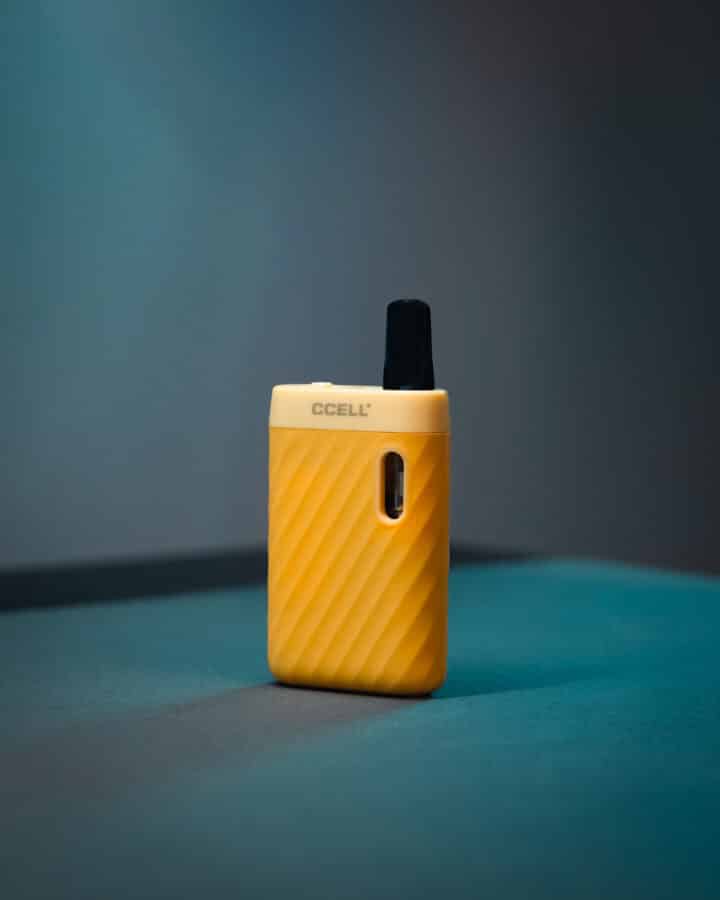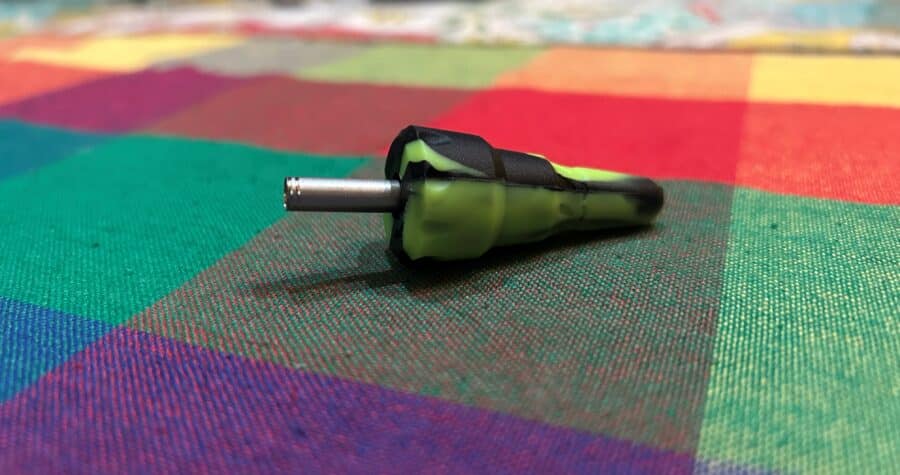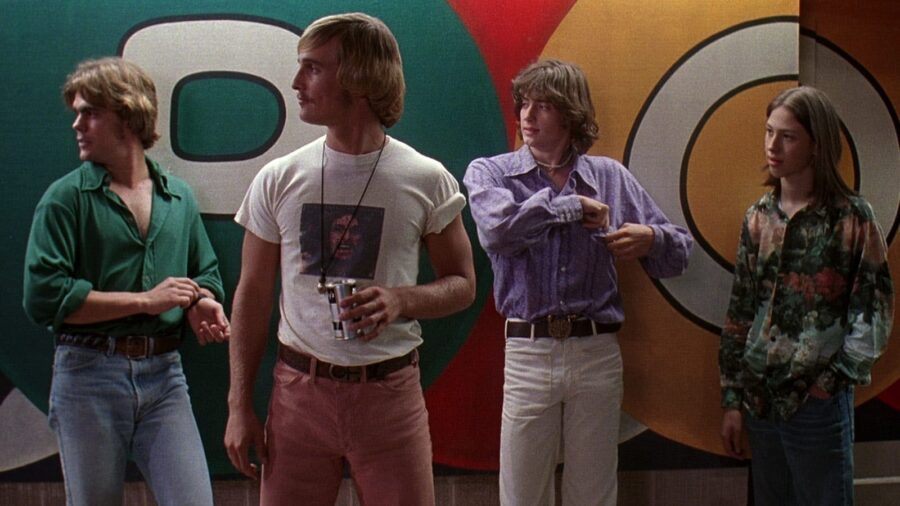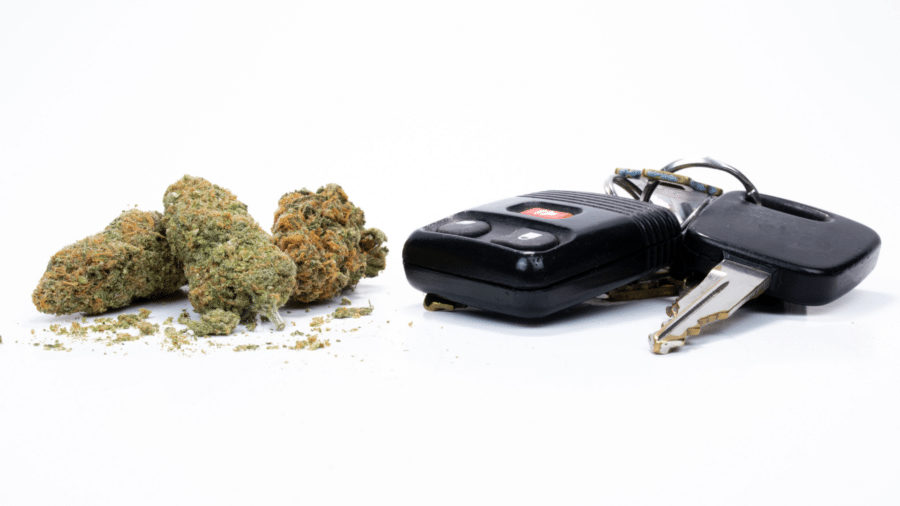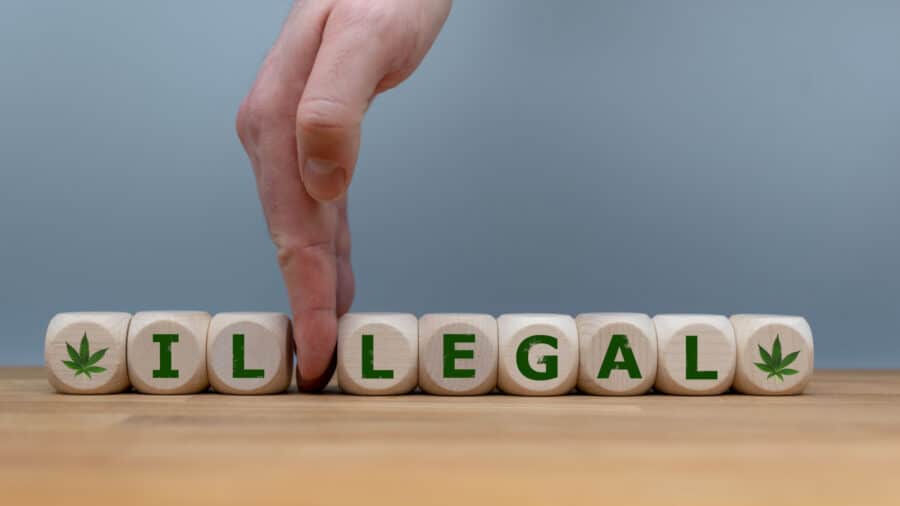Cheech & Chong: From Funny to Lame to Essential
To the responsible stoner, the antics of Cheech & Chong are a step-by-step guide of how not to do weed
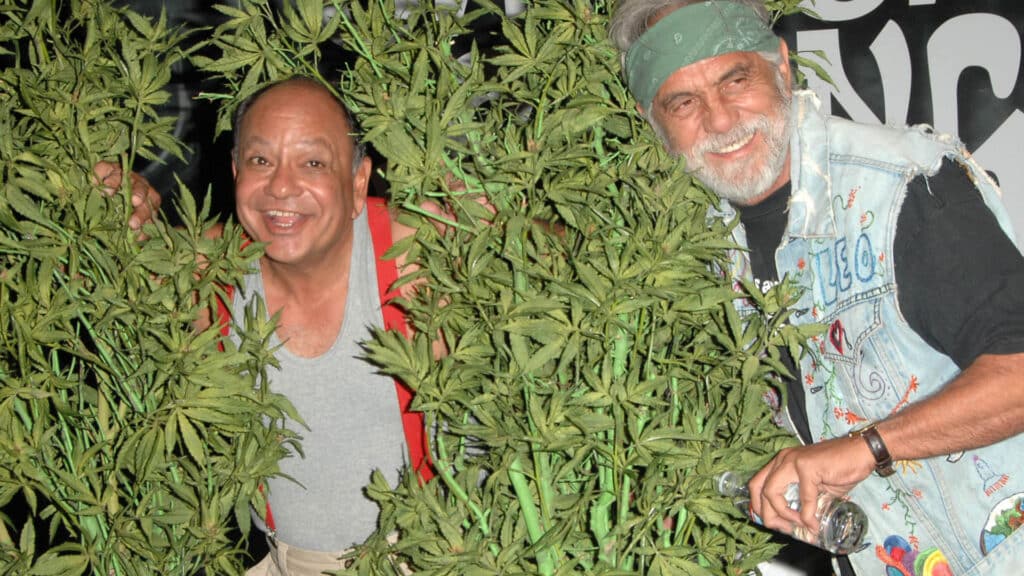
Probably like a lot of Gen Xers, my relationship with Cheech Marin and Tommy Chong predates my relationship with cannabis, and by quite a few years. Growing up in the 80s, their act was a staple of the comedy scene and their movies were all over cable TV.
At age 13 I had a cassette copy of “Cheech & Chong’s Greatest Hit,” the jokey title of which was completely lost on me, as I’m sure much of the humor on the album was. It also had a joint the size of the Hindenberg on the front cover, which I somehow never much thought about. (My naiveté at that age is in hindsight astounding.) But there were some bits that transcended their marijuana mission. The sketch “Dave,” for instance, is so broadly played that you don’t have to be a stoner to laugh at it.
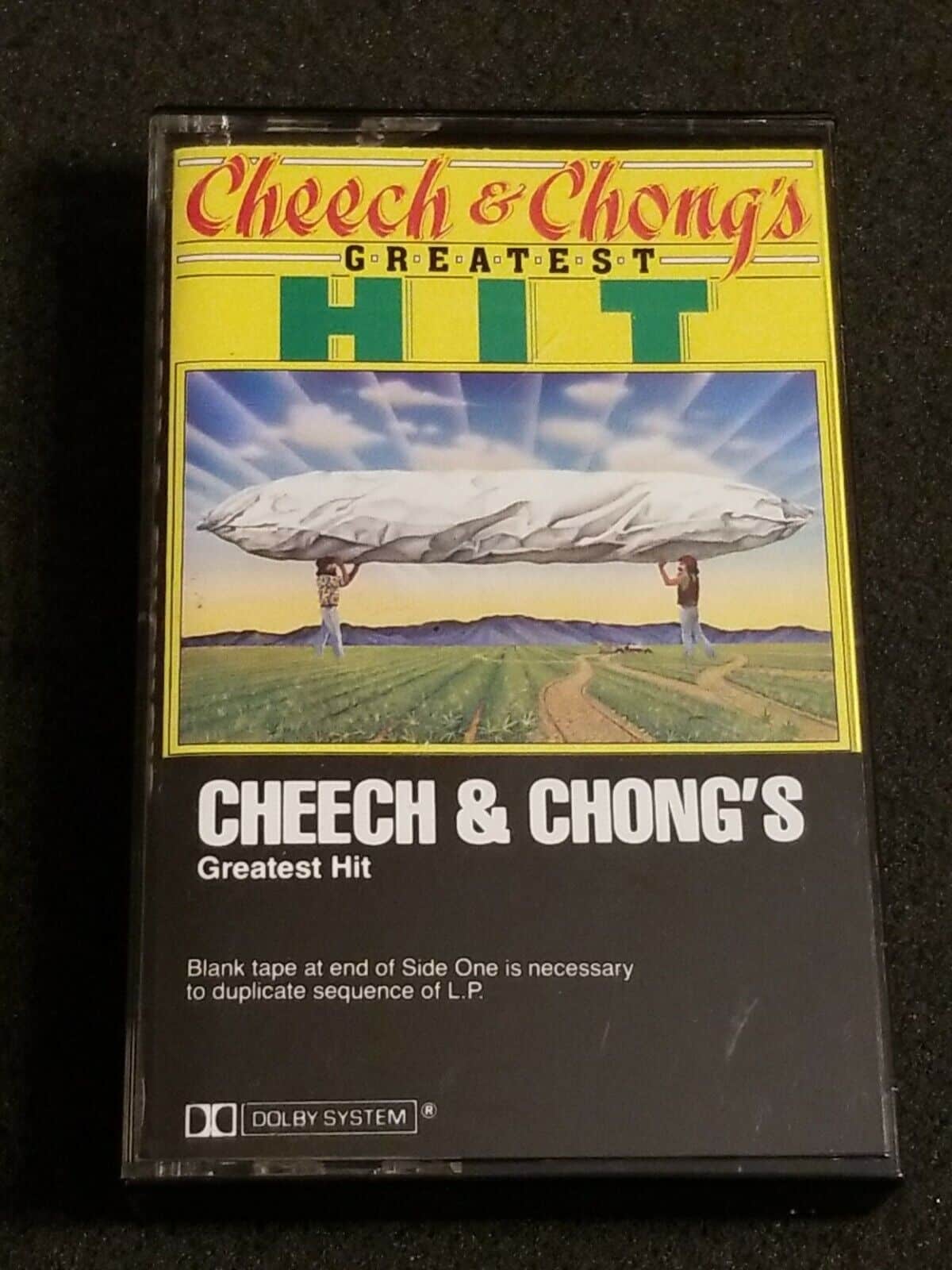
I got older and my tastes in comedy more refined. By the time I found Monty Python at the age of 15, I lost any interest whatsoever in the likes of Cheech & Chong. By my 20s, when I did finally meet and fall for Mary Jane, I actively started disliking them. Their shtick did not represent my marijuana experience, and I certainly didn’t want anyone thinking I behaved that way. To the responsible stoner, as I believe the majority of us are, the antics of Cheech & Chong are a virtual step-by-step presentation of how not to do weed.
Of course, by my 20s, Cheech and Chong hadn’t even been “Cheech & Chong” for a few years, having broken up the act in 1987. I’m sure there were a number of reasons for this, but I’d be willing to bet dollars to donuts that Nancy Reagan and the era of “Just Say No” took its toll on the duo. The central preoccupation of their comedy wasn’t considered hip or funny anymore.
Was it ever funny? (Humor is subjective.) Was I just uptight? (Am I still?) From the vantage point of today, I was curious how the humor of Cheech & Chong would play in the somewhat more relaxed and most certainly more enlightened environment (at least with regards to cannabis) of today. I decided to go back to their first foray into film, “Up in Smoke,” and see how it had aged.
It was not well received by critics upon release (surprise, surprise) but did boffo box office; various sources offer different figures, but a 44 million dollar gross against a paltry budget of only 2 million sounds most likely. It’s no wonder people wanted to get in on the business of making more movies with Tommy and Cheech, quality be damned.

Released in the summer of 1978, the first half of the film is little more than a series of unconnected vignettes, tied together by the two leads playing Pedro (Cheech) and Man (Chong), haphazardly meandering around Los Angeles in various states of non-sobriety getting into and out of one goofy situation after another. Many of the jokes are reconfigured bits from their comedy albums.
The second half of the film has slightly more structure as the duo unwittingly drive a van made entirely of weed across the border from Mexico to LA, all while the dimwitted Sgt. Stedenko (Stacy Keach) – also a crossover from audio – and a crew of bumbling police officers are on their trail. To the film’s credit, the police are portrayed as dumber and dimmer than the stoners they’re chasing. Of course, there aren’t really any sharp people in the picture.
An early scene between Man and his parents (named Mr. and Mrs. Stoner and played by Hollywood stalwarts Strother Martin and Edie Adams) had me in stitches…and I don’t believe I ever laughed that hard again through the rest of the picture. Lou Adler (who also co-produced) rather blandly helms the proceedings. It’s pretty clear that he’s never directed a film before, as it all feels sort of aimless, and at one point I wondered what could have been made of this material by Robert Altman or maybe even Hal Ashby. Either of those filmmakers could have kept the basic structure the same while imbuing it with a personality it is otherwise lacking. (IMDB trivia claims Adler was actually inspired by Altman’s style while making this film.)
The film’s various threads all culminate in a chaotic concert at the Roxy Theatre, which was and still is owned by Adler. Perhaps the film’s greatest strength, due to much location shooting, is its capturing of a specific Los Angeles that probably doesn’t exist anymore.
Having only ever seen it once before, probably 30 years ago, I have no attachment to this film. Yet for many people, this was an 80s cable TV staple, and plenty of folks my age surely grew up watching it repeatedly on HBO. I don’t care how weak or questionable the quality of a movie is, if you see it at an impressionable age, especially if you see it multiple times, it can cast a spell on you that never fades. And credit must be given to the two guys who essentially created the stoner genre of comedy, which years later would be refined by countless others. Would Harold & Kumar even exist without Cheech & Chong?
My primary beef with Cheech & Chong is that they made stoners look clueless…but it’s possible that was a necessary step in the evolution of the perception of the stoner. Prior to Cheech & Chong, cannabis still very much had a “Devil’s Weed” reputation, going all the way back to “Reefer Madness.” These guys came along and showed folks that weed did not, in fact, make people crazy, but rather it made them happy. The power of that move alone cannot be underestimated.
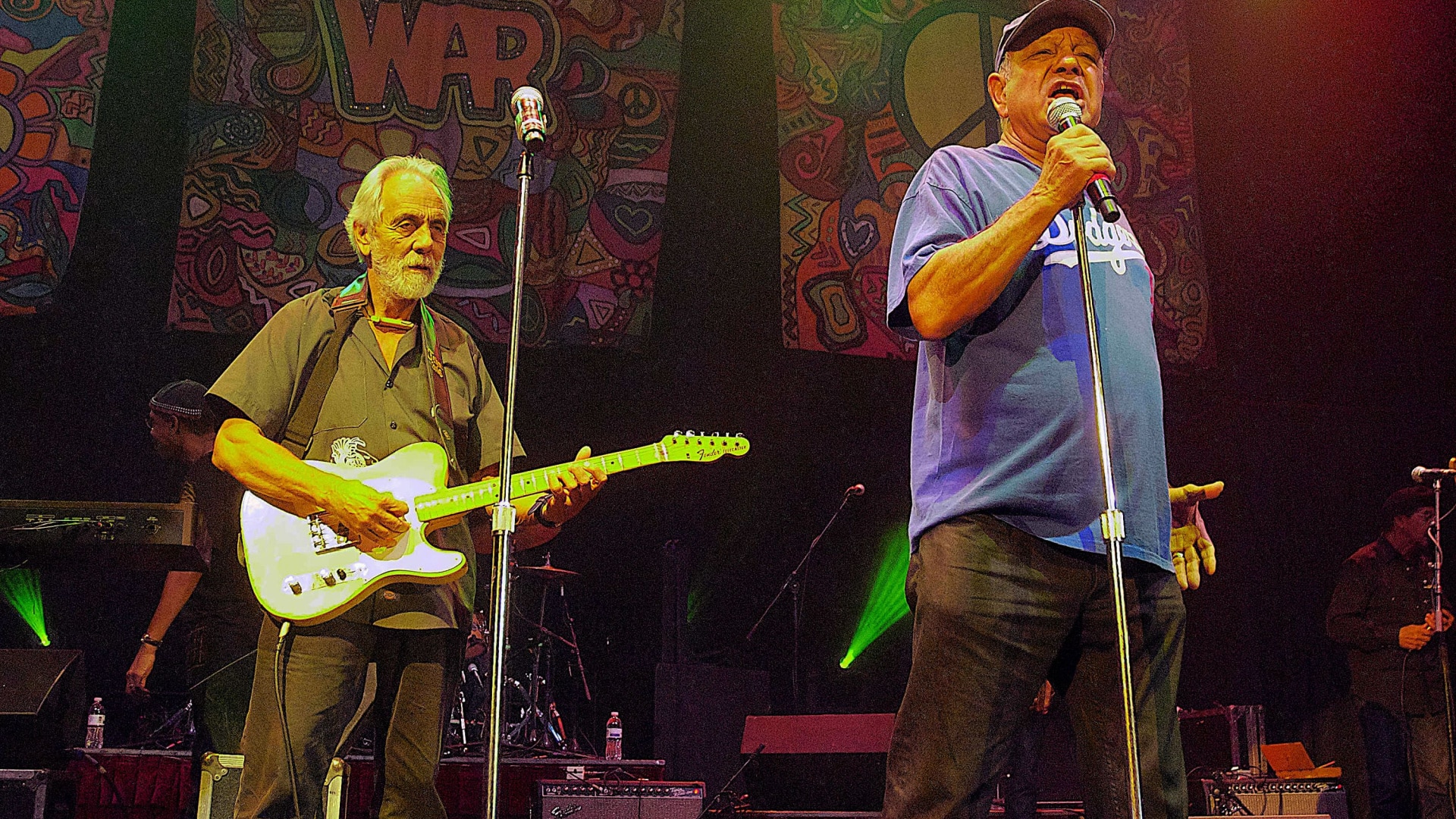
There had been other attempts to mainstream weed in cinema before, particularly around the counterculture years of the late 60s (“I Love You Alice B. Toklas” is a good example), but no other cinematic stoner prior to Cheech & Chong was able to capture the public’s attention in quite the same way they eventually would. There was probably no way at that time to make stoners look responsible given the illegality of cannabis. Over 40 years later, it’s still something we have to periodically combat, even with cannabis being legal in over half the country. So, the boys took another route which was to defang the stoner image and make us appear mostly harmless.
Despite periodic reunions in which they peddle their stoner gags to a world much more tolerant of this sort of humor (which is still not for me), I do love the Cheech Marin and Tommy Chong of today. Chong has been a staunch pro-cannabis activist for many years, including two bouts with cancer that he partially publicly treated with cannabis and hemp oil. Marin has worked hard to move past the clueless Cheech persona, revealing himself to be whip smart (ever seen him play “Jeopardy!”?) and years of collecting and curating has led to the recently opened Cheech Marin Center for Chicano Art, History and Culture in Riverside, CA. Now there’s some art I’d love to get stoned and spend an afternoon with.


